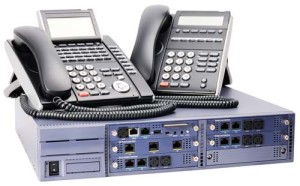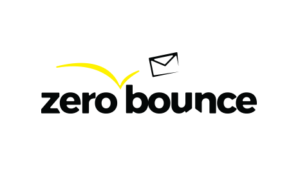How To Implement a Managed Reporting System
Data has become the lifeblood of successful organizations in the current digital era. Increased access to relevant data sources gives businesses vital insights, allowing them to make strategic decisions based on facts rather than intuition. Knowing how to properly utilize this data is key to fully exploring its potential. One efficient method is through the adoption of a managed reporting system. This system abstracts the inconsistencies of raw data, presenting information in a uniform, accessible format that leads to better decision-making. This article covers how to implement a managed reporting system. Keep reading to learn more.
Understanding the Concept of Managed Reporting

Managed reporting is a systematic approach to extracting and presenting data in an easy-to-understand format for business decision-making. Managed reporting ensures that data is delivered in real-time, often through interactive dashboards, personalized reports, and automated notifications to the relevant users within the organization. This provides immediate, valuable insights and makes information more digestible and actionable for the end users.
Managed reporting becomes a central part of an organization’s data solutions by eliminating individual employees’ need to export, manipulate, and format raw data. Instead, selected team members can access required information instantly, allowing them to focus more on analysis and less on the retrieval process itself. It’s important to recognize that a properly implemented managed reporting system saves time and significantly lowers the risk of manual errors—contributing to overall process efficiency and decision-making accuracy.
Assembling the Right Team
Your first step towards implementation is assembling your team. Your team should ideally include business analysts who understand your organization’s data needs, IT professionals skilled in integrating the new system with existing platforms, and management representatives tasked with ensuring the system’s alignment with broader business objectives.
A cooperative and communicative team will ensure that all technical and business perspectives are considered, resulting in a well-rounded and effective solution. This team will form the backbone of the implementation process, overseeing system design, rollout, and follow-up. Their collective skills and experiences will guide the selection of a system that provides maximum value for your organization.
Choosing the Right System for Your Needs
Once you have your team, the next step is selecting the most suitable managed reporting system. This entails thoroughly assessing your organization’s needs, resources, and capabilities.
The chosen system should be intuitive, user-friendly, and capable of integrating seamlessly with existing tools and databases in your IT architecture. It should also have the flexibility to scale as your organization grows and evolves.
Any selected system should meet or exceed your organization’s data security and privacy standards. Given the sensitive nature of business data, the system must feature robust data protection mechanisms, adhere to industry regulations, and ensure compliance.
Implementing and Reviewing Your System

With the right team and system, you’re now ready for the implementation phase. This will involve extensive testing, user training, fine-tuning, and ongoing evaluation. As part of the testing process, your team should run the system in a controlled environment and check for bugs and issues. Any detected flaw should be resolved before the system goes live.
Training should also be part of the roll-out process to familiarize end users with the system. This will ensure that they understand how to generate, access, and interpret reports—maximizing the benefits of the managed reporting system. Furthermore, ongoing evaluation and fine-tuning should be established as a regular practice to optimize the system and keep up with business needs.
Implementing a managed reporting system is not a one-time job. It requires a continuous review and adjustment process to accommodate evolving business needs and technology trends. Your team should have a proactive approach to system management and improvement to ensure it caters to emerging needs and maintains its relevance within the organization.
By following these steps, your organization will be well on its way toward leveraging the power of data through an effectively managed reporting system, contributing to informed decision-making and strategic growth.








